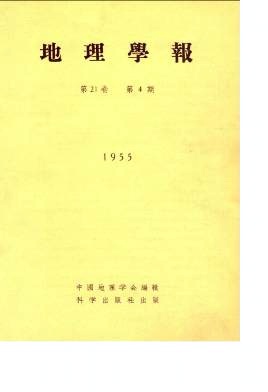Li Wen-yi, Wu Hsi-fang
Based upon Palynological investigations on the late Tertiary and early Quarternary deposits found in the vicinity of kuenming, four developmental stages in vegetation in the central Yunnan are recognized. In the first stage, the sporo-pollen assemblage was mainly composed of temperate plants, Pinus, Quercus and Castanea, along with some warm temperate to subtropical elements, Podocarpus, Carya, Ilex, Aralia, etc. It reflects that the climate was rather warm. The age of this stage probably corresponds to late Miocene to Pliocene. In the second stage, Pinaceae and Pagaceae were predominant again. Some subtropical elements, Platycarya, Liquidambar, Pittosporum, Antidesma and Symplocos were distributed. It indicates that the climate became wetter and warmer . In the third stage, the amount of Pinaceae and Fagaceae decreased, while some subtropical Gymnosperms, Podocarpus, Dacrydium and Keteleeria, and subtropical broad-leaved trees, Ilex, Carya, Melia, Caesalpinia and Sterculia increased. It reflects that the climate was still warm. The second and third stages probably correspond to the Pliocene.In the final stage, the assemblage showed some changes, such as, increasing of some conifers (Abies, Picea and Cupressus), the broad-leaved trees (Alnus, Betula and Tilia) and herbs. It indicates that the climate became cooler and drier. This stage is tentatively assigned to early Quarternary.The flora reflected by the pollen assemblages is a mixed flora, Pinaceae and Fagaceae were present throughout the whole period. On the other hand, many subtropical and tropical elements, such as Ham xmenlidaceae Aquifoliaceae, Araliaceae, and Pittosporum were present too. On the whole, the flora is simillar to that of to-day in the same region. It shows that the vegetational type has not been much changed since late Tertiary.
